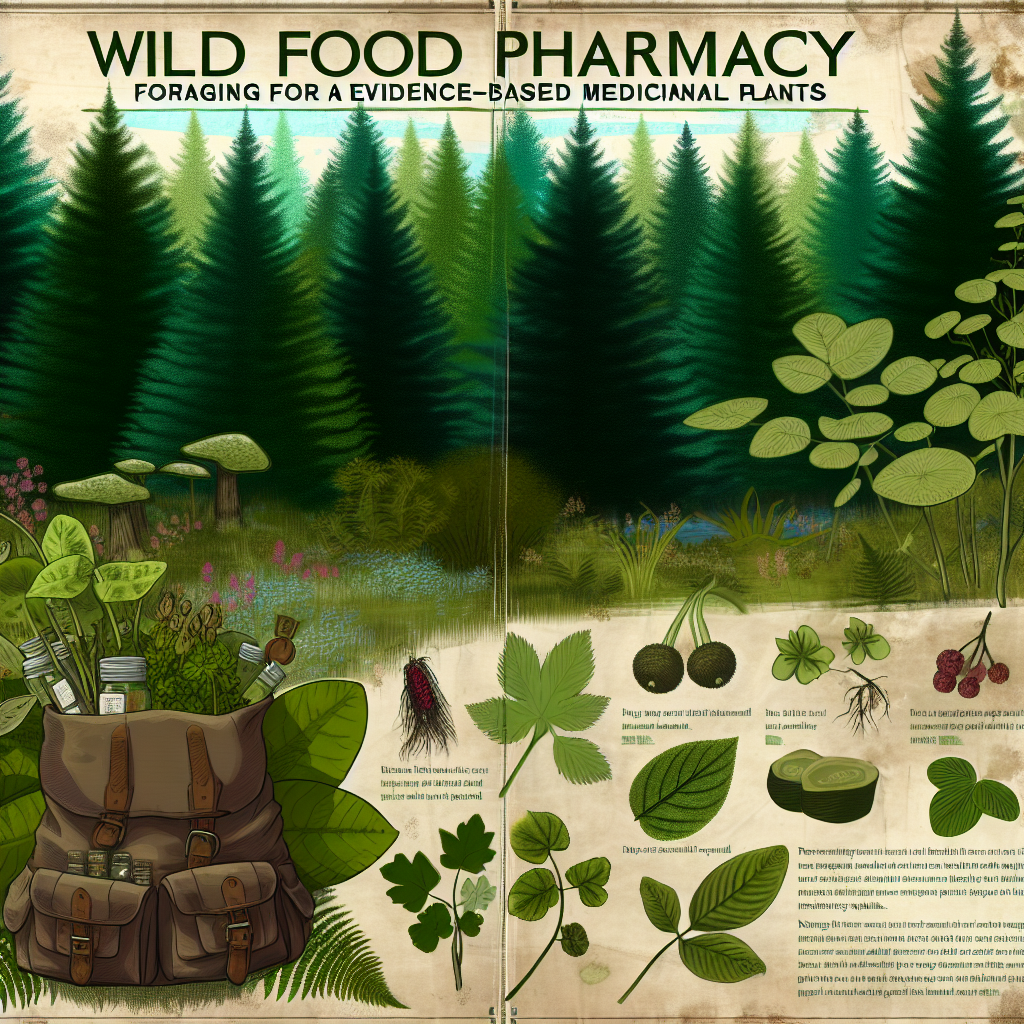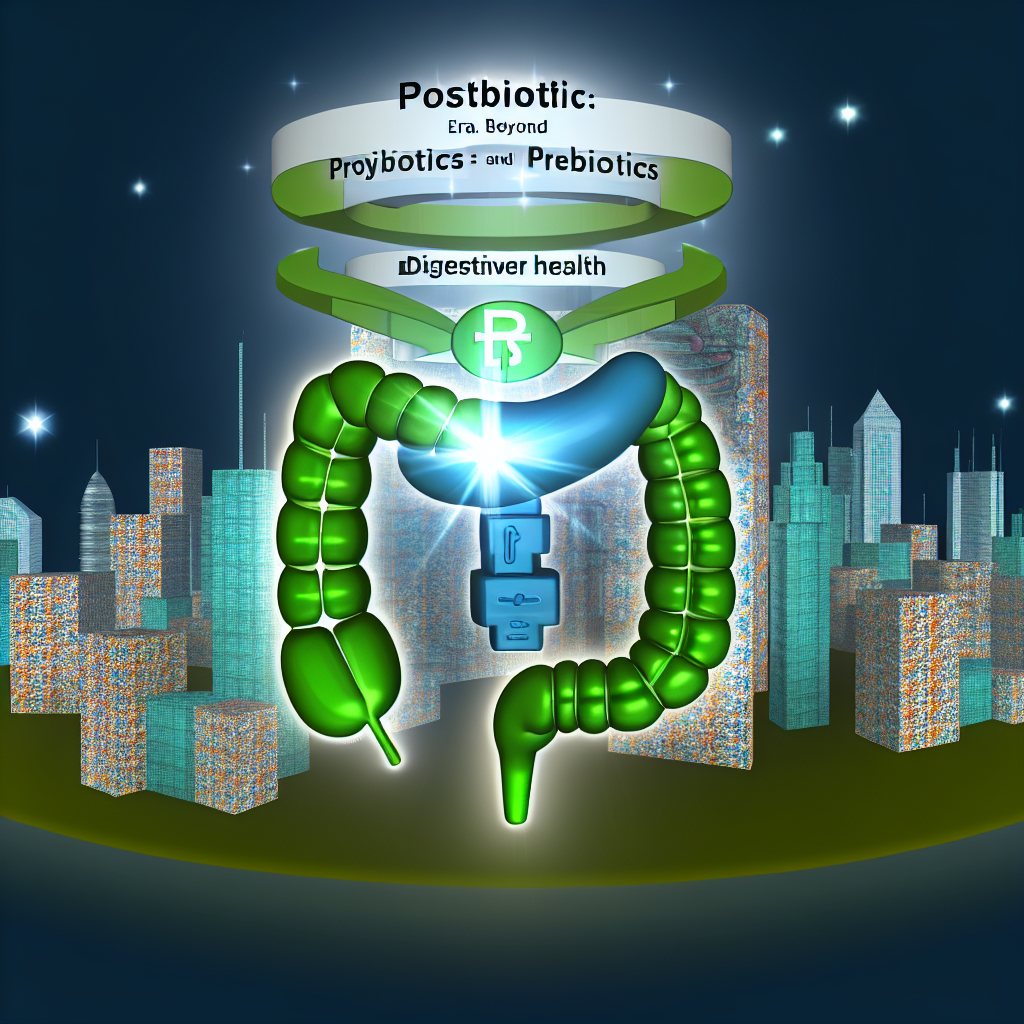Wild Food Pharmacy: Foraging for Evidence-Based Medicinal Plants
In the age of natural living and holistic wellness, the concept of returning to nature for health and healing continues to gain momentum. One compelling trend emerging from this movement is foraging – the act of gathering wild foods and herbs – particularly for medicinal purposes. Across continents and cultures, foraging has served as a pillar of traditional healing, offering a pharmacy of therapeutic plants growing freely in meadows, forests, and even urban green spaces.
Foraging taps into centuries-old knowledge, often passed down through generations, where wild plants are identified and used for their curative properties. However, with the integration of modern science and evidence-based research, many of these historical remedies are now being validated through rigorous clinical studies. Plants once considered folkloric are now recognized for their pharmacological potential, including anti-inflammatory, antimicrobial, and antioxidant properties.
The wild food pharmacy represents a fusion of ancient wisdom and modern science, empowering individuals to take control of their health by connecting with nature. From mugwort for digestion to elderberry for immune support, these plants not only provide accessible and cost-effective treatment options but also encourage sustainable living.
It’s important, however, to note the necessity of proper identification and responsible harvesting. Misidentification can lead to poisoning, and overharvesting can damage ecosystems. As with all natural health strategies, consulting a healthcare professional is crucial if using plants to treat a specific condition.
Whether you’re a seasoned herbalist or a curious beginner, learning to recognize the pharmacy in the forest can be both therapeutic and transformative. The emergence of peer-reviewed studies on wild edible and medicinal plants brings scientific credibility to a lifestyle rooted in the natural world. This article explores the intersection of foraging and evidence-based herbal medicine, highlighting key plants and the science behind their benefits.
🌿 The Science Behind Nature’s Medicine Chest
Scientific interest in medicinal plants has surged in recent decades, with researchers examining the bioactive compounds in wild herbs and mushrooms for their potential therapeutic uses. Foragers are now at the forefront of a growing movement where traditional knowledge is being supported by biomedical science.
💛 St. John’s Wort: Nature’s Antidepressant Backed by Science
One of the most well-researched plants is St. John’s Wort (Hypericum perforatum), a common wildflower found in Europe and North America. Numerous studies, including a notable Cochrane review, have investigated its efficacy in treating mild to moderate depression. Results indicate that standardized extracts of St. John’s Wort are significantly more effective than placebo and comparable to some pharmaceutical antidepressants, but with fewer side effects.
🍇 Elderberry: Powerful Immune Support from the Wild
Elderberry (Sambucus nigra), another favored wild plant, has been shown to be effective against upper respiratory infections. According to a 2019 meta-analysis published in Complementary Therapies in Medicine, elderberry extract significantly reduced the duration and severity of cold and flu symptoms. The plant’s high flavonoid content, particularly anthocyanins, accounts for its strong antiviral and immune-modulating effects.
Access the meta-analysis here.
🌾 Mugwort: Ancient Herb with Modern Digestive Benefits
Mugwort (Artemisia vulgaris), traditionally used for digestive and gynecological issues, contains essential oils such as cineole and thujone, which are now known to have antimicrobial and anti-inflammatory properties. Recent research published in Frontiers in Pharmacology explored mugwort’s efficacy against gastrointestinal disorders and verified its ability to stimulate bile secretion and reduce intestinal spasms.
View the full research article here.
🍄 Chaga Mushroom: The Forest’s Potent Superfood
Chaga mushroom (Inonotus obliquus), found growing on birch trees in cold climates, is another striking example of a wild medicinal source corroborated by modern science. Rich in antioxidants like betulinic acid and polysaccharides, Chaga has demonstrated anticancer and immune-enhancing effects in both in-vitro and animal studies. A publication in the International Journal of Medicinal Mushrooms details its tumor-inhibiting and DNA-protective roles, prompting further interest in its nutraceutical value.
Read the Chaga mushroom study here.
🌍 Bridging the Gap: Traditional Knowledge Meets Modern Research
Science continues to validate what indigenous healers have known for centuries: wild plants can offer powerful health benefits when used knowledgeably. This growing intersection between clinical research and traditional foraging is encouraging the integration of wild food into mainstream therapeutics.
🌱 Conclusion: Turning to the Forest for Wellness
The wild food pharmacy is no longer just a romantic notion or a relic of the past—it is a living, evolving practice grounded in both tradition and science. As more people seek holistic and sustainable approaches to health, foraging offers a path that is not only accessible but deeply empowering. It allows individuals to reconnect with nature, nurture their well-being, and reduce dependency on synthetic pharmaceuticals, all while respecting the ecological balance of the environment.
With emerging scientific studies supporting the medicinal use of wild plants like St. John’s Wort, elderberry, mugwort, and Chaga, we are witnessing a renaissance in natural health rooted in evidence-based efficacy. As this synthesis of ancient knowledge and modern science gains momentum, it opens up new avenues for personal wellness and ecological mindfulness.
By responsibly foraging and educating ourselves on the science behind medicinal plants, we can transform our view of the natural world—from wilderness to wellness. Your next healing remedy might not be found in a pharmacy aisle, but along a forest trail, waiting to be rediscovered.
🔖 References
Concise Summary:
This article explores the intersection of foraging and evidence-based herbal medicine, highlighting key medicinal plants such as St. John’s Wort, Elderberry, Mugwort, and Chaga mushroom, and the science behind their therapeutic benefits. It examines how traditional knowledge is being validated by modern research, empowering individuals to take control of their health by connecting with nature’s wild pharmacy.

Dominic E. is a passionate filmmaker navigating the exciting intersection of art and science. By day, he delves into the complexities of the human body as a full-time medical writer, meticulously translating intricate medical concepts into accessible and engaging narratives. By night, he explores the boundless realm of cinematic storytelling, crafting narratives that evoke emotion and challenge perspectives.
Film Student and Full-time Medical Writer for ContentVendor.com




